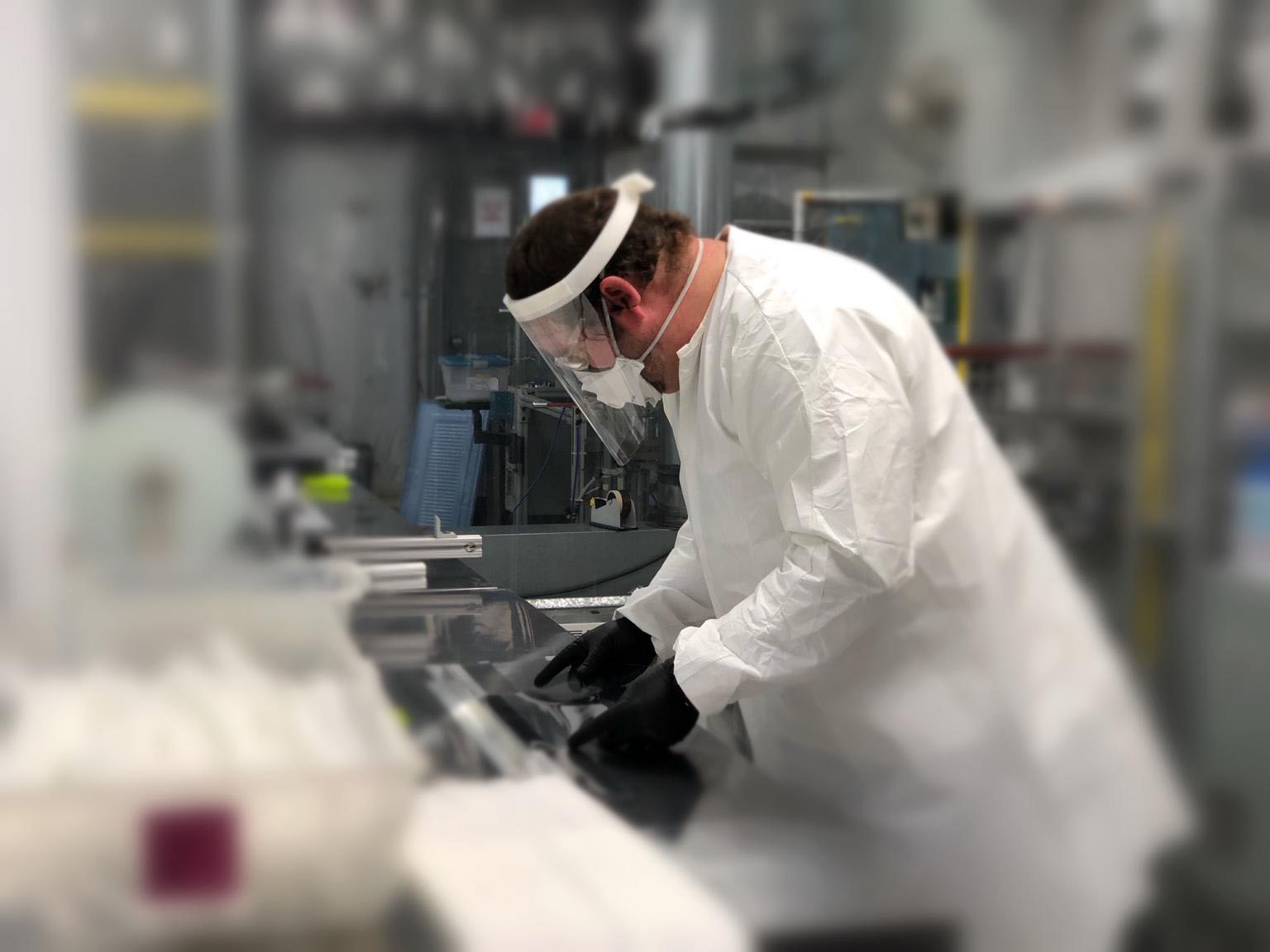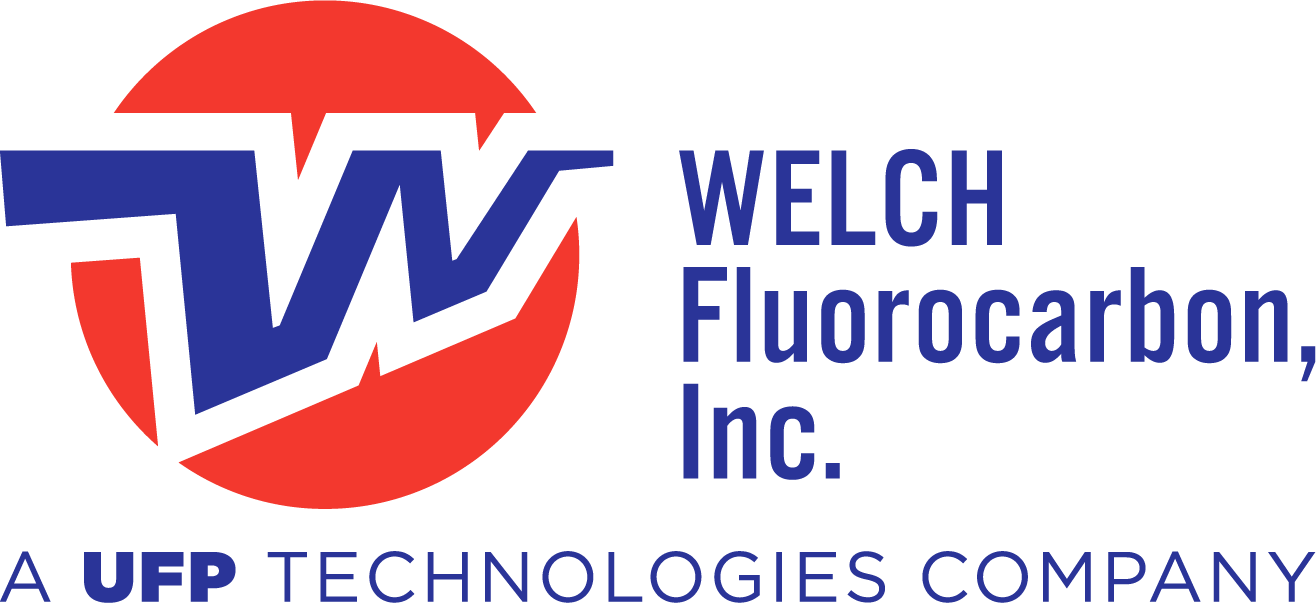To compare the properties of plastics relative measurements must be used. Although there are specific standards, most of the time the evaluation of a particular plastic’s properties are published in terms of a relative scale such as “Poor, Good, Better, and Excellent.” The table below defines the properties of plastics in the following categories:
Mechanical
Load per unit area, resistance to bending, or resistance to changing size.
Thermal
Associated changes in the size of a part as compared to the change in temperature. changes in temperature affect more than size. For example, they affect the overall strength of a material to carry a load, or the weather ability of a material, which is directly related to the degradation of the plastic over time. Temperature usually accelerates this degradation.
Electrical
The ability for the material to be a good insulator.
Chemical
The compatibility of the material with different chemistries.

*Fluoropolymer.
| Film | Chemical Name | Brand | Mechanical | Thermal | Electrical | Chemical |
|---|---|---|---|---|---|---|
| *ECTFE | Ethylene chloro-trifluoroethylene | Halar® Norton® | Excellent | Better Continuous use: 150°C | Excellent | Excellent |
| *ETFE | Ethylene-tetrafluoroethylene | Norton® Tefzel® | Excellent | Better -100° to 165°C | Excellent | Good |
| *FEP | Fluorinated ethylene propylene | Teflon® Norton® | Better | Excellent -190° to 205°C | Better | Excellent |
| LDPE | Low-density polyethylene | Blueridge Bloomer | Good | Good | Good | Better |
| *MPTFE | Modified polytetrafluoroethylene | Norton® DeWal | Better | Excellent -180° to 260°C | Excellent | Excellent |
| *PCTFE | Polychlorotrifluoroethylene | Aclar® | Excellent | Better -250° to 150°C | Good | Excellent |
| PEEK | Polyetheretherketone (PEEK Film) | Vestakeep® Ajediuim® Aptiv® Optima® | Excellent | Excellent Continuous use: 260°C | Excellent | Better |
| PEI | Polyetherimide | Ultem® | Excellent | Better Continuous use: 171°C | Better | Excellent |
| PETG | Glycol-modified Polyethylene terephthalate | Spectar® | Excellent | Good Continuous use: 65°C | Good | Good |
| *PFA | Perfluoroalkoxy | Teflon® Norton® | Better | Excellent -150° to 260°C | Better | Excellent |
| PP | Polypropylene | Blueridge Bloomer | Good | Good Continuous use: 82°C | Good | Better |
| *PVDF Film | Polyvinylidene fluoride Film (PVDF Film) | Kynar® Norton® | Excellent | Better Continuous use: 130°C | Better | Excellent |
| *PVF | Polyvinyl fluoride Tedlar® Film | Tedlar® | Excellent | Good Continuous use: 230°C | Good | Good |
| TPI | Thermoplastic Polyimide | Aurum® | Excellent | Excellent Continuous use: 230°C | Excellent | Better |
